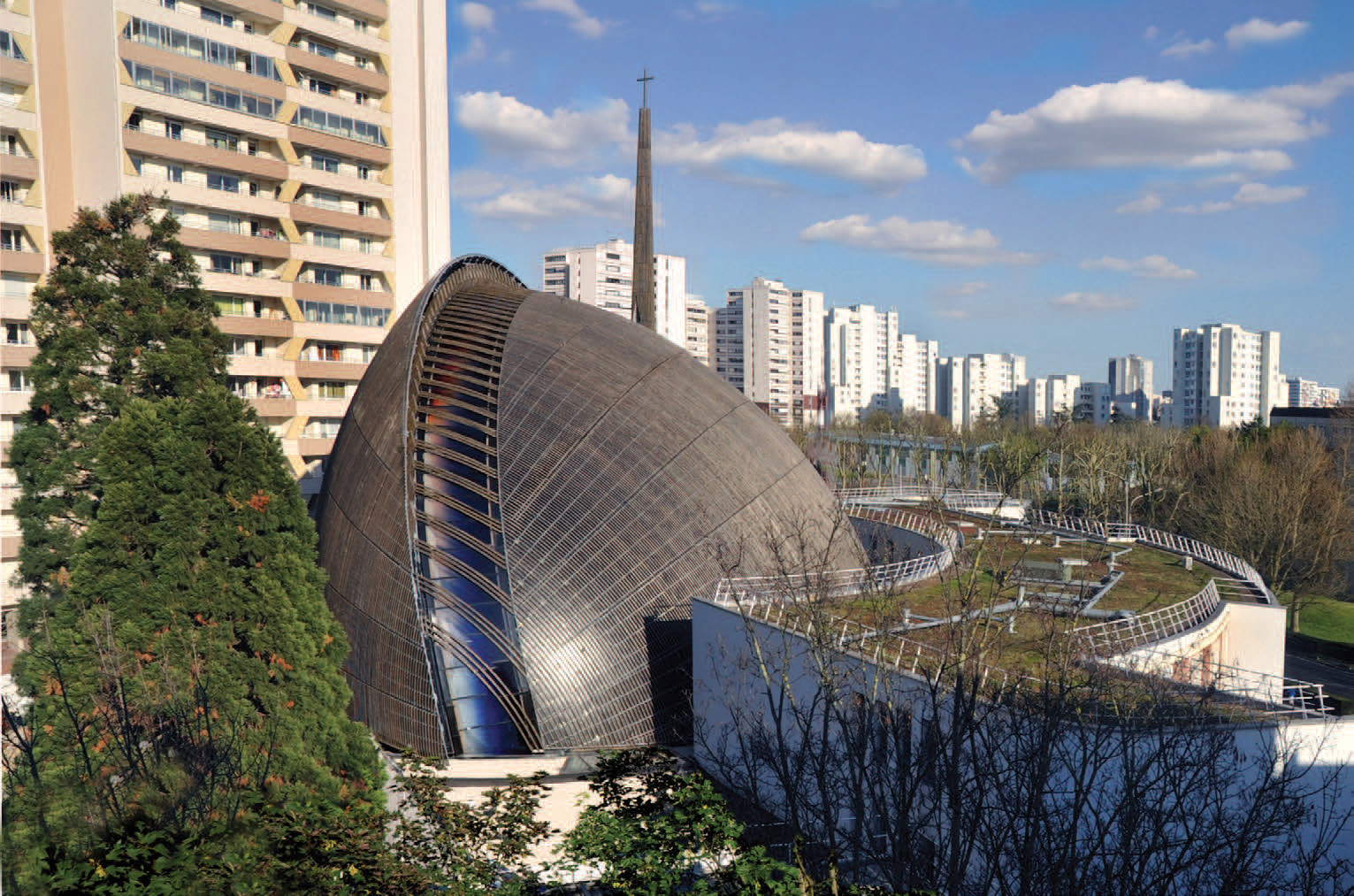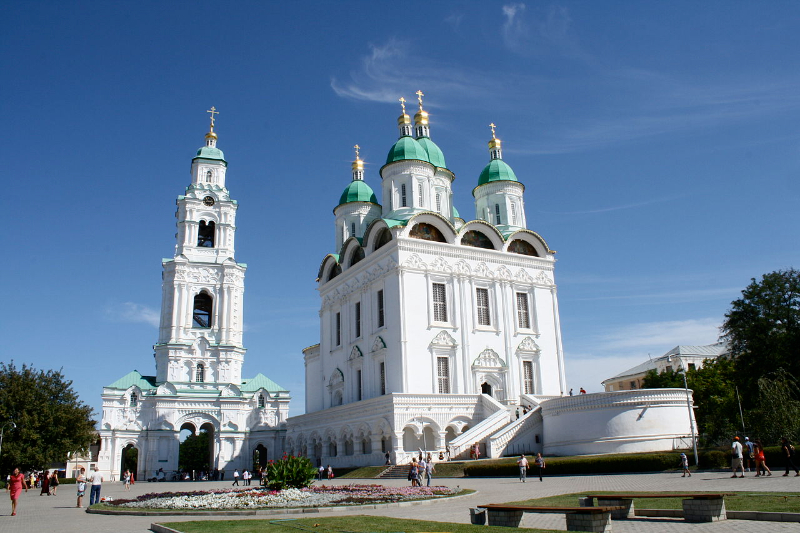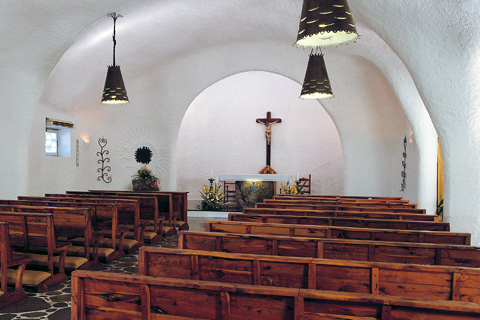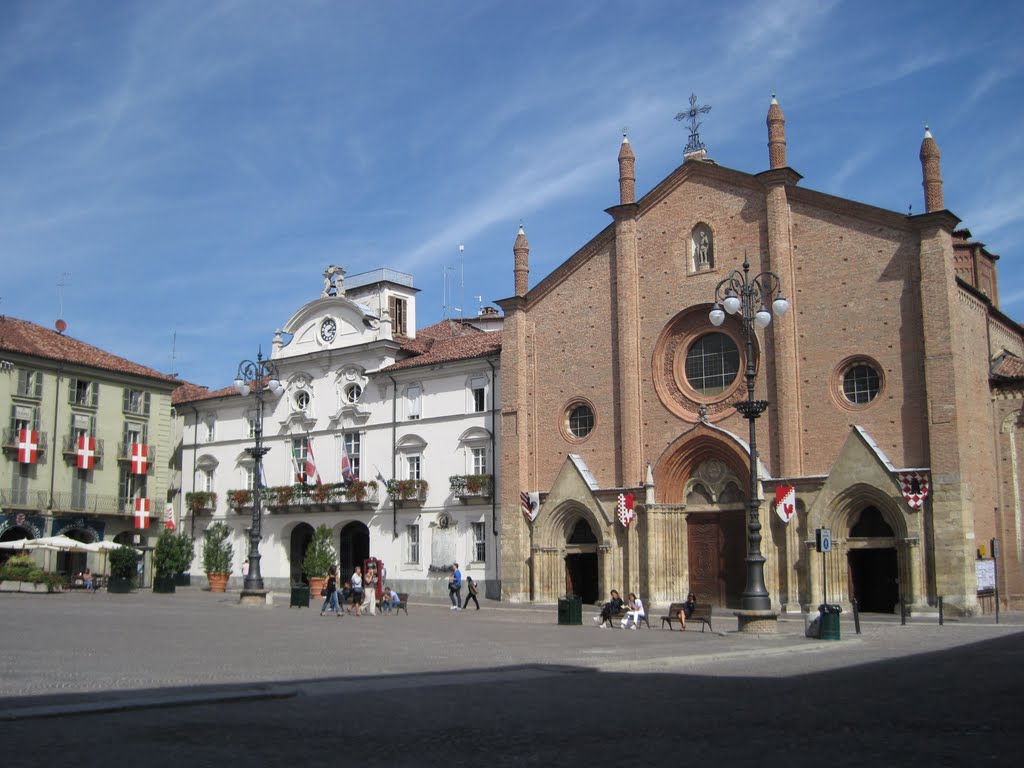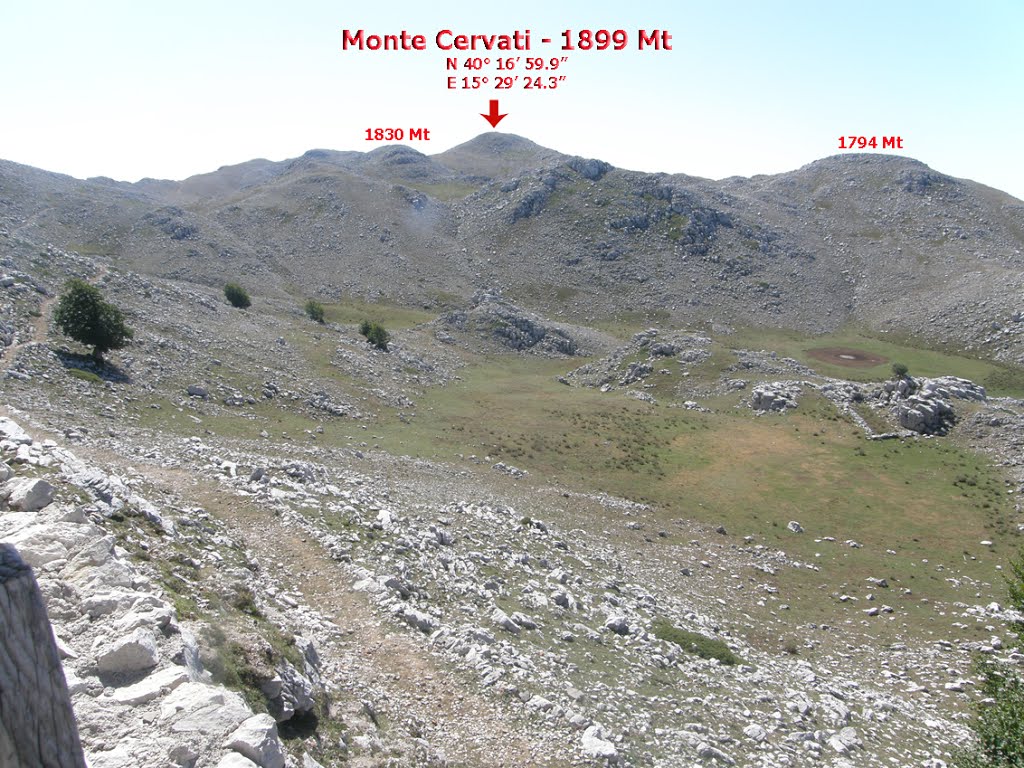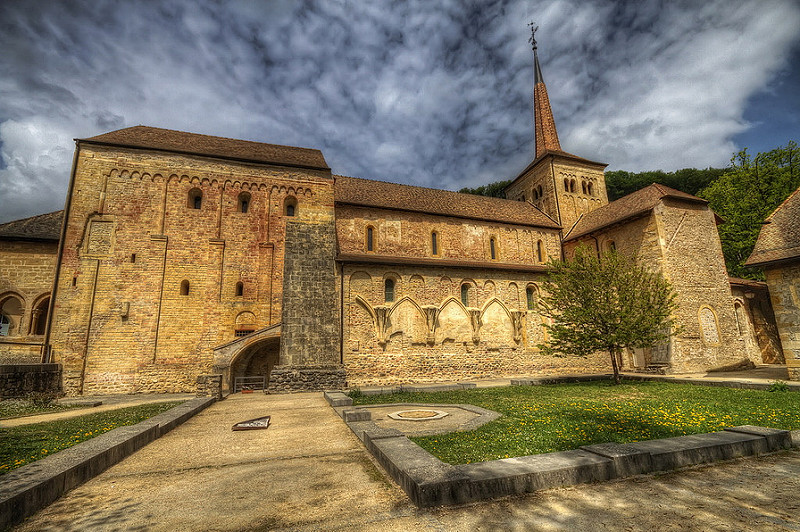In 2009, on the initiative of Bishop Santier, the diocesan association of Créteil, supported by the Chantiers du Cardinal, opted for an ambitious project to expand the cathedral of Notre- Dame de Créteil. Conceived by Charles-Gustave Stoskopf, holder of the Prix de Rome, this architecture is typical of the 1970s when “the theology of blending-in” prevailed at the time. It is part of the contemporary heritage of the City of Créteil. The commission was to double the capacity of the cathedral and to enhance its visibility towards the city. More than a renovation, this project involved a major redevelopment of the cathedral, giving it a new architectural lease on life from a symbolic and pastoral point of view. The new cathedral is anchored in a multicultural city, which includes five Catholic churches, ten synagogues, a mosque, a Protestant church, four Evangelical churches, a Buddhist temple and a Bahai assembly. A dialogue between two different architectural styles, yet consistent, is established. The dome pointing skywards is based on the footprint of the original cathedral. The silhouette of the entrance, on a human scale, is now joined with the monumental proportions of the new project, focusing on the nave of the cathedral that extends from two spherical wood-clad hulls, like two hands joined in prayer that meet above the altar. Large gatherings can be held in this new space.
